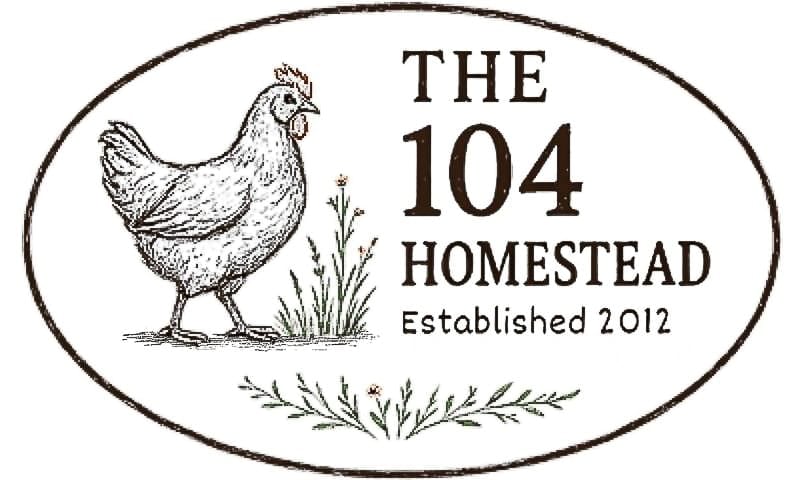How to Use Wood Ash in the Garden Safely (Without Ruining Your Soil)
What wood ash adds to your garden, how much to use, where not to use it, and the long-term impact—so you improve your soil without ruining it.
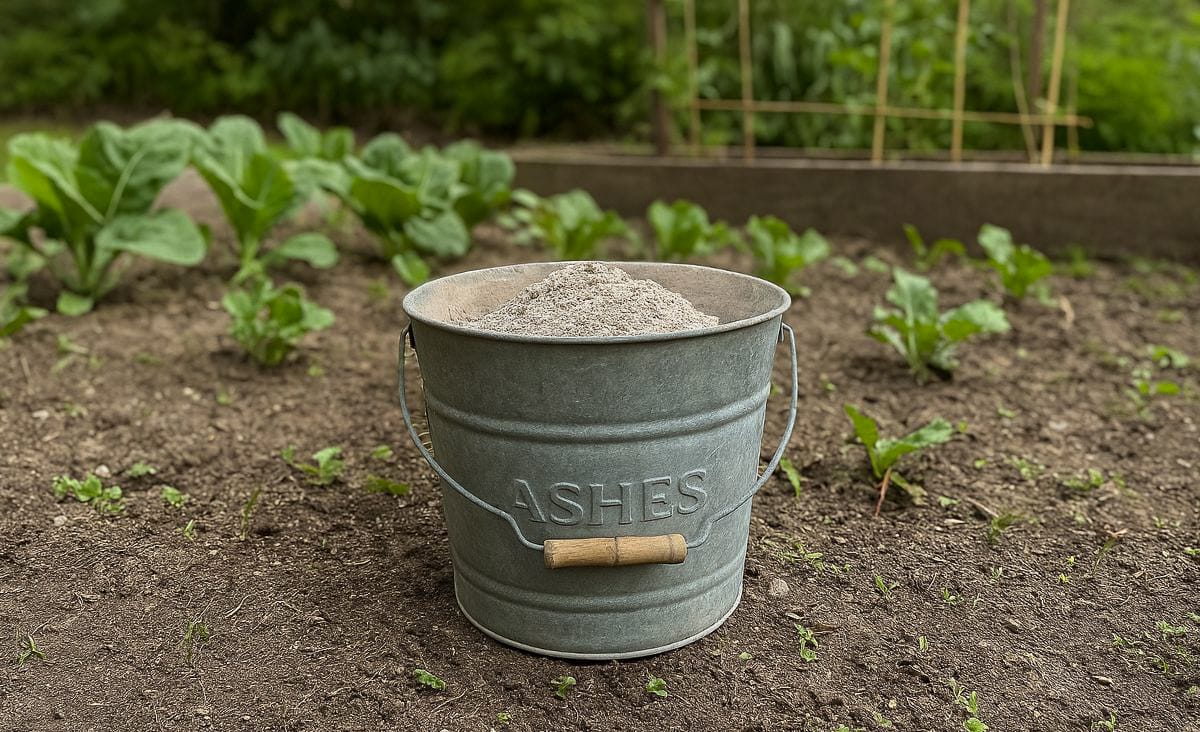
Every winter I build up buckets of ash from my wood stove. By spring, I had more than I could possibly use. Do I just dump them in the woods? Sprinkle them in the driveway? I’d heard they were good for the garden, but the warnings were always vague: Don’t use too much! Be careful around some plants! Honestly, that just left me worried I’d ruin the garden.
If you’ve ever found yourself staring at a pile of ashes and wondering if you’re about to help your soil or wreck it, you’re not alone. I’ll walk you through how to use wood ash in the garden safely, from what’s in it, to how much is too much, to where not to use it. I’ll share what’s worked for me, mistakes I’ve made, and the practical steps I now follow.
Why Use Wood Ash in the Garden?
Wood ash isn’t just fireplace junk you have to get rid of somewhere. It contains nutrients your soil can use, especially potassium and calcium carbonate (which acts a lot like lime to raise soil pH) much like other organic amendments for healthy soil. You’ll also find smaller amounts of magnesium and trace minerals.
Here’s what wood ash can do for your garden:
- Raises soil pH in acidic soils: A big help in places like Maine where the soil naturally leans acidic (thank you pine trees).
- Adds potassium: Good for root development and overall plant health.
- Supplies calcium: Important for preventing blossom end rot in tomatoes and peppers.
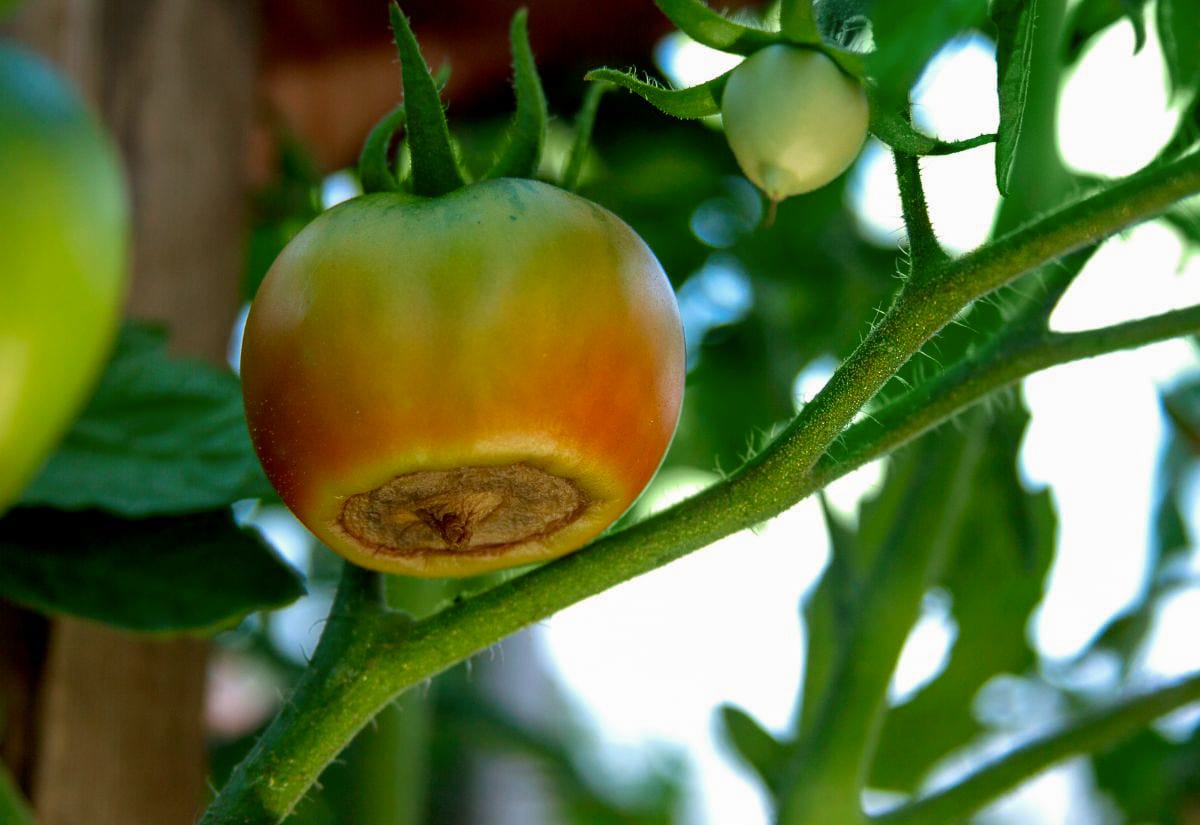
But here’s the kicker: wood ash is not a complete fertilizer. It won’t give your plants nitrogen, and too much ash can throw soil chemistry out of balance. That’s why safe use matters.
Safety First: What to Know Before You Start
Before you run out and dump a bucket in your garden beds, here are a few things you need to know:
- Skip treated or painted wood. The ashes may contain toxic compounds you don’t want anywhere near your soil or food.
- Wear protection. Ash can be rough on your skin. I’ve learned the hard way that bare hands end up dry and irritated, and you don’t want to breathe in the dust.
- Watch your pH. If your soil is already neutral or slightly alkaline, adding ash can do more harm than good. A quick soil test will tell you what you’re working with (and save you from guessing all season long). You don’t need to send samples to a lab. There are easy at-home soil test kits that give you a quick read on pH and nutrients.
- Don’t go overboard. A good rule is about 15–20 pounds per 1,000 square feet each year. That’s roughly a 5-gallon bucket spread across a good-sized garden. More than that and you risk nutrient lockout.
Keep ashes dry until you use them. Wet ash turns lumpy and is harder to spread evenly.
Safe Ways to Use Ash in the Garden
There are a few tried-and-true ways to put wood ash to work without risking your soil. Here’s how I use it (and how you can, too).
Direct Soil Application
If your soil test shows acidity (below 6.0), wood ash can help nudge the pH toward neutral. I lightly scatter ash over garden beds in late fall or very early spring, then rake it into the top few inches of soil.
- Aim for a thin dusting, not a snowdrift. If you can see gray patches, it’s too much in one spot.
- Apply no more than once a year unless your soil test shows you really need more.
When I first tried this, I made the mistake of dumping ash in one corner of my raised bed. That patch grew stunted, yellowed spinach while the rest of the bed thrived. Turns out I should’ve spread it out instead of dumping a bunch in one spot.
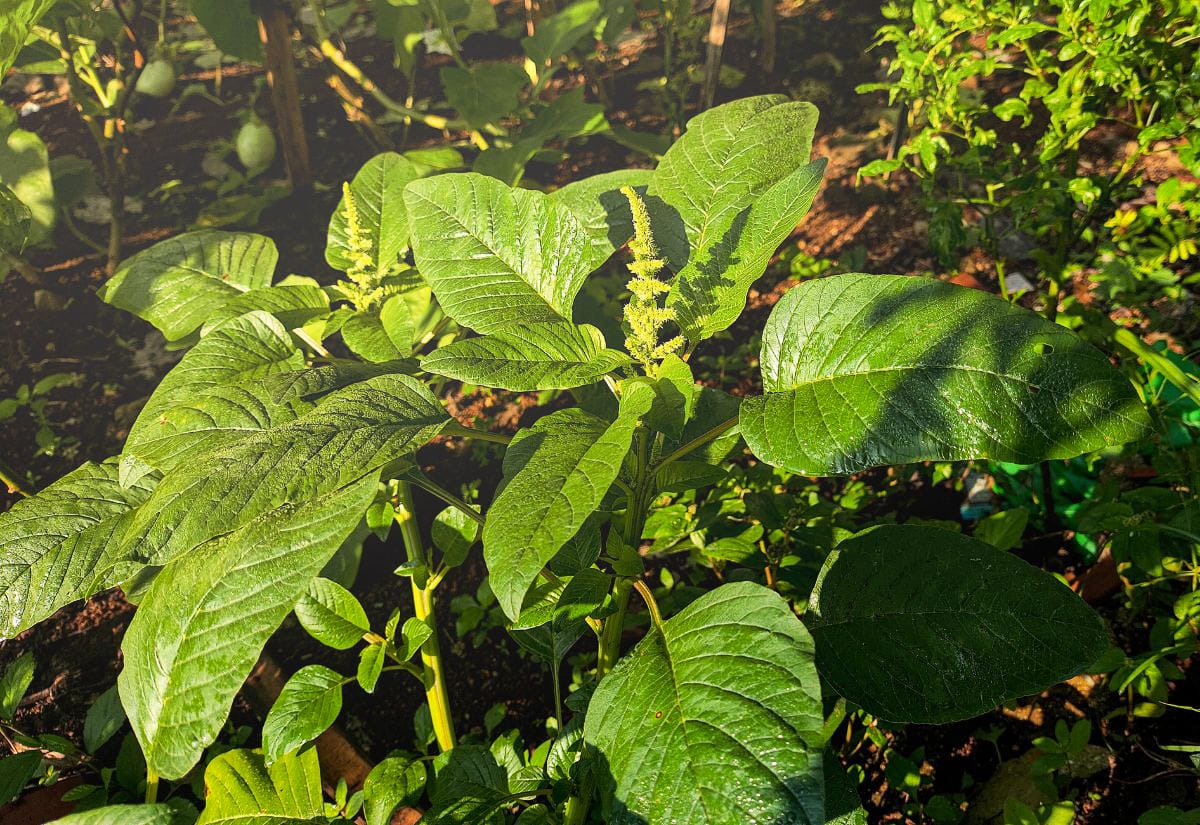
Adding to Compost
This is my go-to way to use ashes. It’s practically foolproof. Ash acts as a compost sweetener, cutting down odor and keeping the pile from getting too acidic.
- Add small handfuls between layers of greens and browns.
- Don’t dump in bucketfuls. Ash can smother compost microbes if overdone.
By the time the compost is ready for the garden, the ash has mellowed out and mixed safely into the blend (just like when I make homemade leaf mold to boost my soil without spending a dime).
Pest Deterrent Uses
Some gardeners swear ash keeps slugs (and even a few other bugs) away. I’ve had mixed luck with it, but it’s worth a try:
- Sprinkle a ring around plants to discourage slugs and snails.
- Reapply after rain. Ash loses its grit when wet.
It’s no magic fix, but in a soggy spring it’s given my kale a fighting chance. For a more reliable plan, I rely on natural garden pest control tricks that work fast.
When Not to Use Wood Ash
This is just as important as knowing where to use it. Wood ash is not for every plant or situation.
- Avoid acid-loving plants. Blueberries, rhododendrons, azaleas, and potatoes don’t want the alkalinity ash brings. You’ll stress them out or make them more disease-prone.
- Skip high-pH soils. If your soil is already 7.0 or higher, adding ash can cause nutrient deficiencies.
- Don’t overdo it year after year. Too much ash will push your soil out of whack—too alkaline and missing some of the nutrients your plants need.
If you’re unsure, compost the ash instead of applying it directly. That gives you a margin of safety.
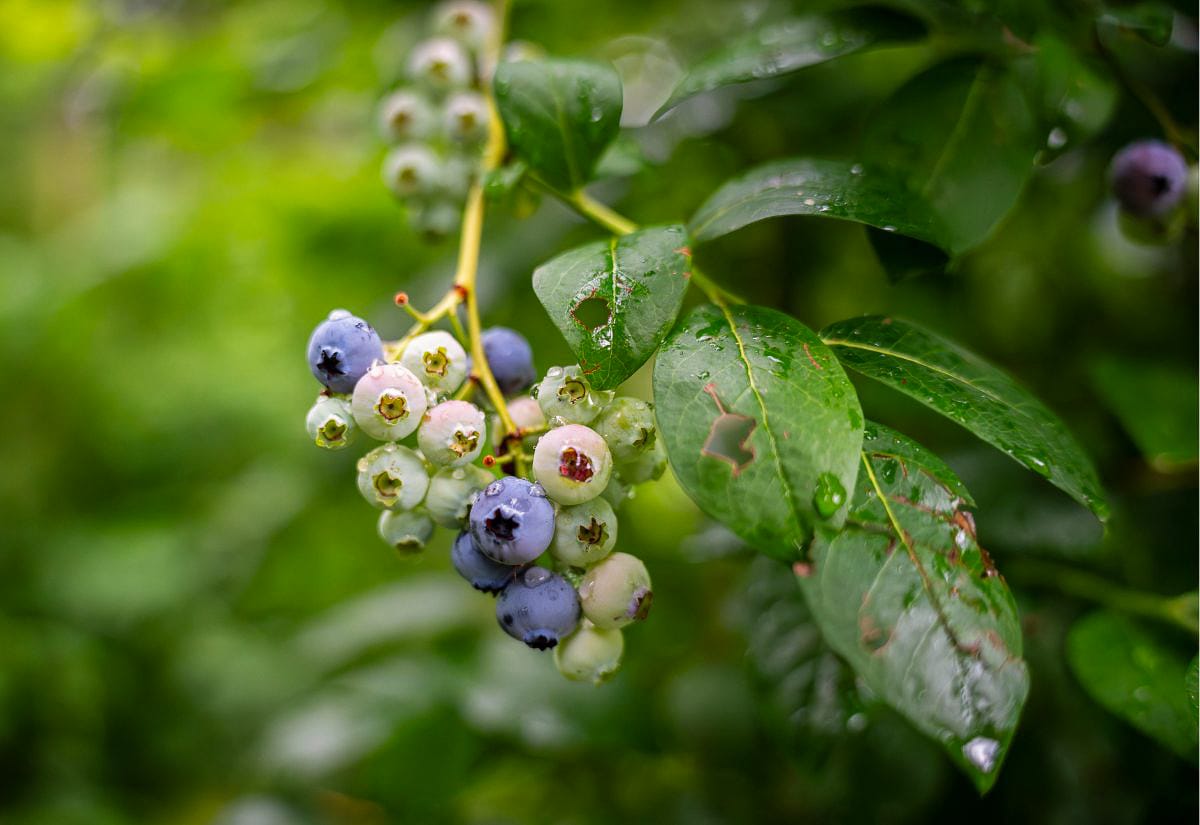
Long-Term Considerations
Most guides tell you how much to use in a season, but hardly anyone talks about what happens when you do it year after year. Here’s what I’ve noticed after several years of using stove ash:
- Soil pH shift: Each small application adds up. After three years of light dustings, my garden beds tested noticeably less acidic. That was great for my brassicas, but not so much for strawberries.
- Texture shifts: Ash is fine and powdery; it can compact in sandy soils if over-applied. Mixing with compost avoids this.
- The “storage problem”: Ash has a way of piling up fast over the winter. I now keep two lidded metal cans in the shed and only use what my soil actually needs. The rest goes in pathways or icy driveways.
Common Questions About Using Wood Ash
Still unsure about a few things? These are some of the most common questions gardeners ask once they start thinking about using wood ash.
Want to keep these tips handy for later? Pin this guide so you’ll always know the safe way to use wood ash in your garden.
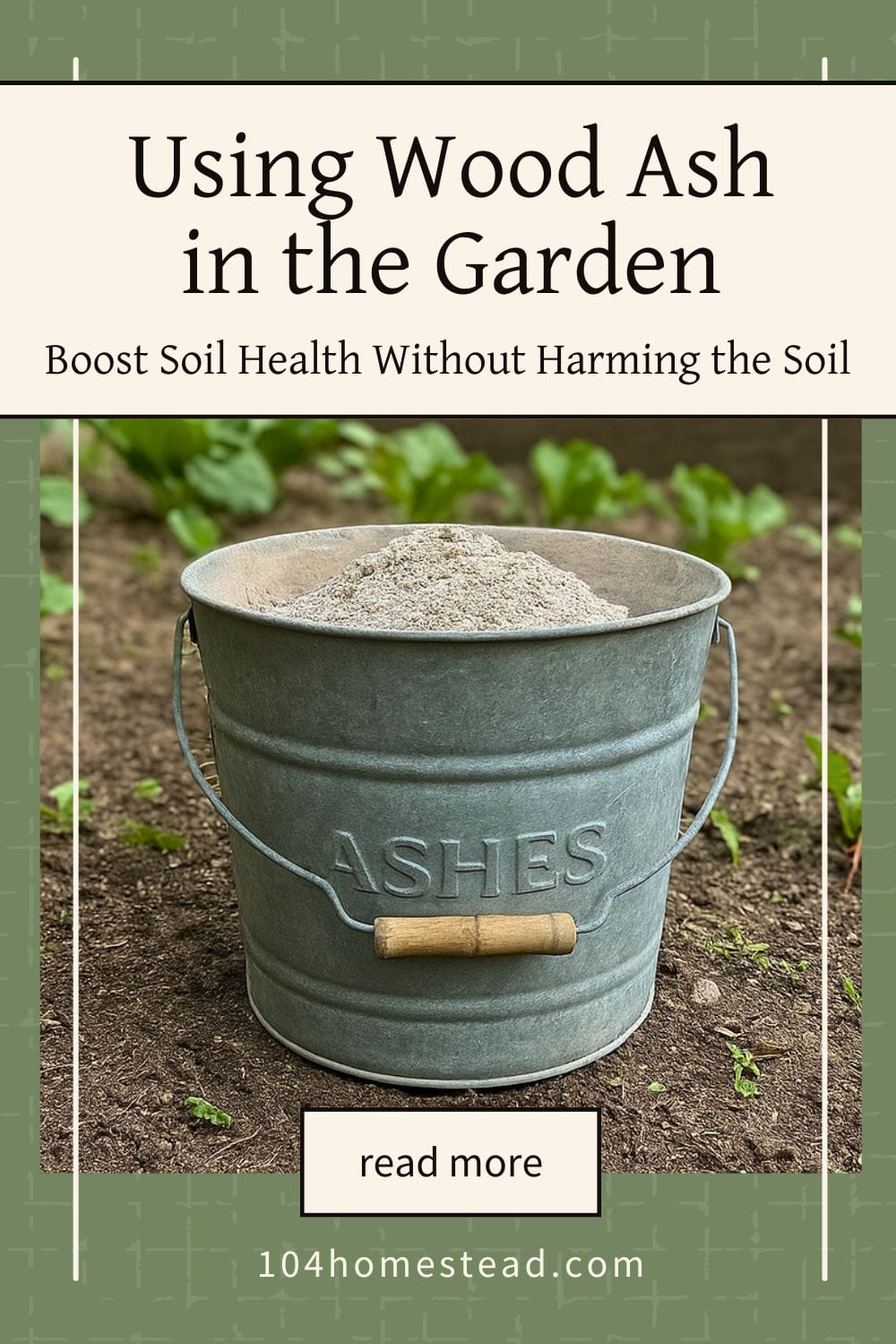
Wood ash is one of those homestead extras that can be really handy (or a total headache) depending on how you use it. Used wisely, it’s a free soil amendment that improves fertility and balances pH. Used carelessly, it can throw your garden out of whack.
The trick is moderation, testing, and knowing when to just skip it (blueberries will thank you for leaving them alone).
If you’ve got a bucket of ashes waiting by the stove, now you know how to put them to work (safely). Have you tried using wood ash in your garden? Share your experience in the comments. I’d love to hear what’s worked (or not worked) for you.
